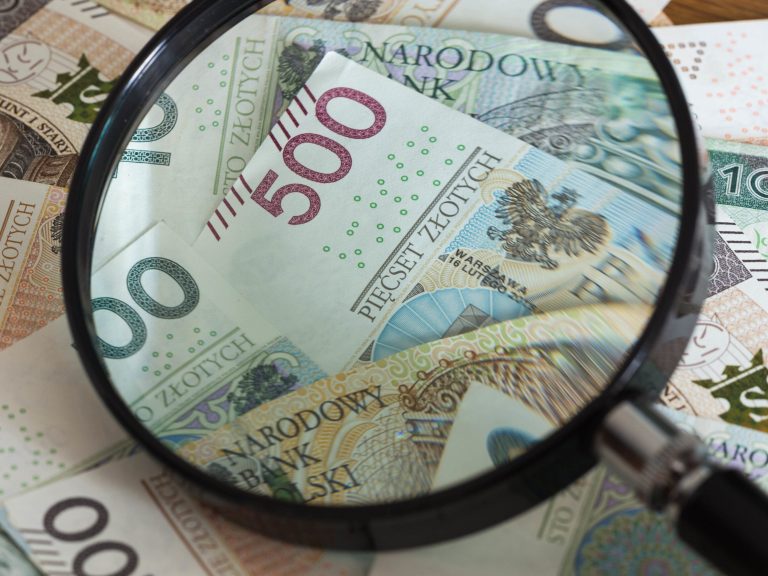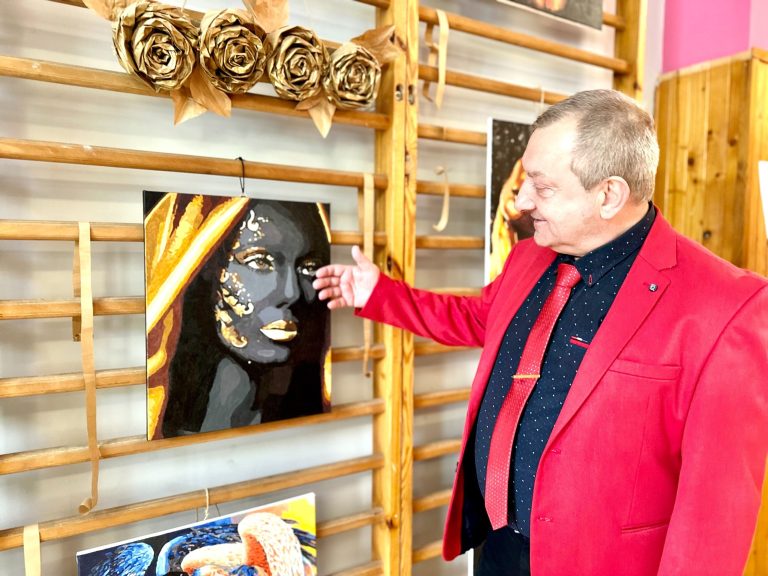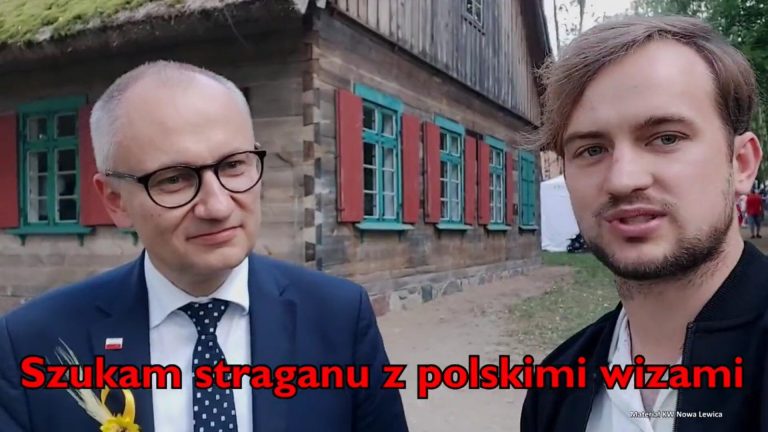Polish geniuses of world medicine

For several years, “Wprost” has been trying to distinguish outstanding doctors and scientists who are changing Polish and global medicine with the title of visionaries. They have wonderful Polish role models, without whom it would be difficult to imagine global medicine – fascinated by science, committed to their work, they saved the lives of many people, often risking their own. Their lives can be an inspiration for generations.
The technician and I drank the first vaccine, but you have to be fair…
Hilary Koprowski (1916-2013) is said to be a Renaissance man, his passion was not only medicine, but also music, literature and art. An outstanding doctor, immunologist and virologist, he became famous primarily as the creator of the world's first oral vaccine against the polio virus that causes poliovirus disease.
He studied medicine at the University of Warsaw. Shortly after the outbreak of World War II, he and his wife left Poland. Initially, they stayed in Italy, then in Brazil, and in 1944 they settled in the United States. Koprowski took a job in a pharmaceutical company and – inspired by the discoveries of Max Theiler, who developed a vaccine against yellow fever – started research on a vaccine against the polio virus. At that time, an epidemic of polio, a viral infectious disease that could lead to death or disability due to flaccid muscle paralysis, was spreading around the world.
He managed to select a suitable host for the virus (a cotton rat), which itself did not become infected, but the virus multiplying in its body weakened. The results of the first tests turned out to be promising. However, to select the appropriate concentration of the vaccine, the scientist tested it on himself and his assistants. After two years of clinical trials, in 1950, the vaccine was administered to 20 children in Letchworth Village (USA). None of them contracted polio, and their bodies developed effective antibodies.
Thanks to prof. Koprowski, in 1959 Poland received 9 million doses of the polio vaccine for free. Wide-scale vaccinations have begun. Four years later, Heine-Medina disease was almost eliminated in Poland. Prof. team Koprowski also developed vaccines against rubella and rabies. He was involved in work on the use of plants to produce vaccines and sera.
A good researcher loves his topic
The creator of the Polish school of immunology, as well as the new field of seroanthropology (the science that studies serological differences between people), was Ludwik Hirszfeld (1884-1954), a physician, bacteriologist and immunologist. His most important scientific achievement was his work on blood groups. In the years 1907-1911, together with Emil von Dungern, he discovered the laws of blood group inheritance (he applied them to establishing paternity) and introduced the designation of blood groups as 0, A, B and AB. These principles were adopted worldwide in 1928. He also determined the Rh factor and discovered the cause of serological conflict, which saved the lives of many newborns.
He was born in Warsaw into an assimilated Jewish family. He studied medicine in Germany. He devoted his PhD to the issue of agglutination, and his habilitation thesis to the relationship between immune phenomena and blood clotting. During World War I, he stayed in Serbia, where he helped fight the typhus epidemic (in recognition of his achievements, in 2017, a bust of Prof. Hirszfeld was unveiled in Belgrade, a year later his likeness was on a stamp of the Serbian Post on the occasion of the 100th anniversary of the great war).
After returning to Poland, from 1920 he worked at the National Serum Research Institute in Warsaw, which was later incorporated into the National Institute of Hygiene (PZH) which he co-founded.
In September 1939, during the defense of Warsaw, Hirszfeld threw himself into work and helping others. He organized a blood donation center: he also donated blood himself, and on the radio he called on the city's inhabitants to donate blood for the wounded. He gave lectures in the Warsaw ghetto and treated patients with typhus. In July 1942, he managed to escape from the ghetto. Two years later, in Lublin, he took part in the creation of the Maria Curie-Skłodowska University. Then he moved to Wrocław, where he established the Institute of Immunology and Experimental Therapy of the Polish Academy of Sciences. He also organized the Pregnancy Pathology Research Center in Wrocław.
Prof. Hirszfeld was nominated for the Nobel Prize in Medicine (1950) for explaining the serological conflict between mother and fetus. He didn't get the Nobel Prize…
Nowhere are there such wonderful lice as in Lviv
He saved millions of people around the world. Rudolf Weigl (1883-1957) developed the world's first effective vaccine against typhus and was the pioneer of the use of insects, mainly lice, as laboratory animals for breeding the bacterium that causes typhus.
He was born into an Austrian family. After his father's death, his mother remarried to a Pole. Rudolf learned Polish when he was a few years old. The stepfather raised the boy in the Polish cultural tradition. Weigl identified so much with Poland that he emphasized that he was Polish until the end of his life.
When he was drafted into the Austro-Hungarian army during World War I, he was supposed to take up parasitology, but apart from his duties, he began research on typhus. An epidemic of this disease during World War I killed approximately 3 million people. After the war, prof. Weigl founded the Institute for Research on Scrub Typhus and Viruses in Lviv. Thanks to the research of French physician Charles Nicolle, Weigl knew that the bacteria that causes typhus were transmitted by lice. He used lice to develop the vaccine. In 1920, after many studies, he invented an effective vaccine against typhus.
After the occupation of Lviv, Nikita Khrushchev proposed to Prof. Weigl moved to Moscow and became a member of the Russian Academy of Sciences. The professor refused him: “Mr. Secretary, nowhere are there such wonderful lice as in Lviv, that's why I won't leave it.”
120 lice were needed to prepare the vaccine for one person. The more there were so-called lice feeders, the more vaccine doses could be produced.
During the German occupation, at the Weigl Institute, people of science and culture exposed to the occupiers' repression were employed as lice feeders. Employment at the Institute was associated not only with additional food rations or the ability to move freely around the city, but above all with a guarantee of safety. Lice feeders included: prof. Weigl and his wife, Stefan Banach (mathematician), Jerzy Broszkiewicz (author of science fiction), Zbigniew Herbert (poet).
Prof. Weigl never renounced Poland. He opposed the Germans' demands that he submit an application to be included on the German nationality list. He did not change his mind, even when Fritz Katzmann, the SS commander, offered to help him receive the Nobel Prize. Weigl was nominated numerous times for the Nobel Prize in Physiology or Medicine, but was never awarded it.
Weigl became famous for his vaccination campaign against typhus in the Belgian Catholic missions in China, which saved many missionaries and Chinese. For this he was honored with the Order of St. Gregory the Great and the Order of Leopold. Prof. Weigl saved about 5,000. people, representatives of the Lviv scientific community (including Jewish scientists), resistance fighters. In 2003, he was posthumously awarded the Righteous Among the Nations medal.
Author: Anna Rogala






